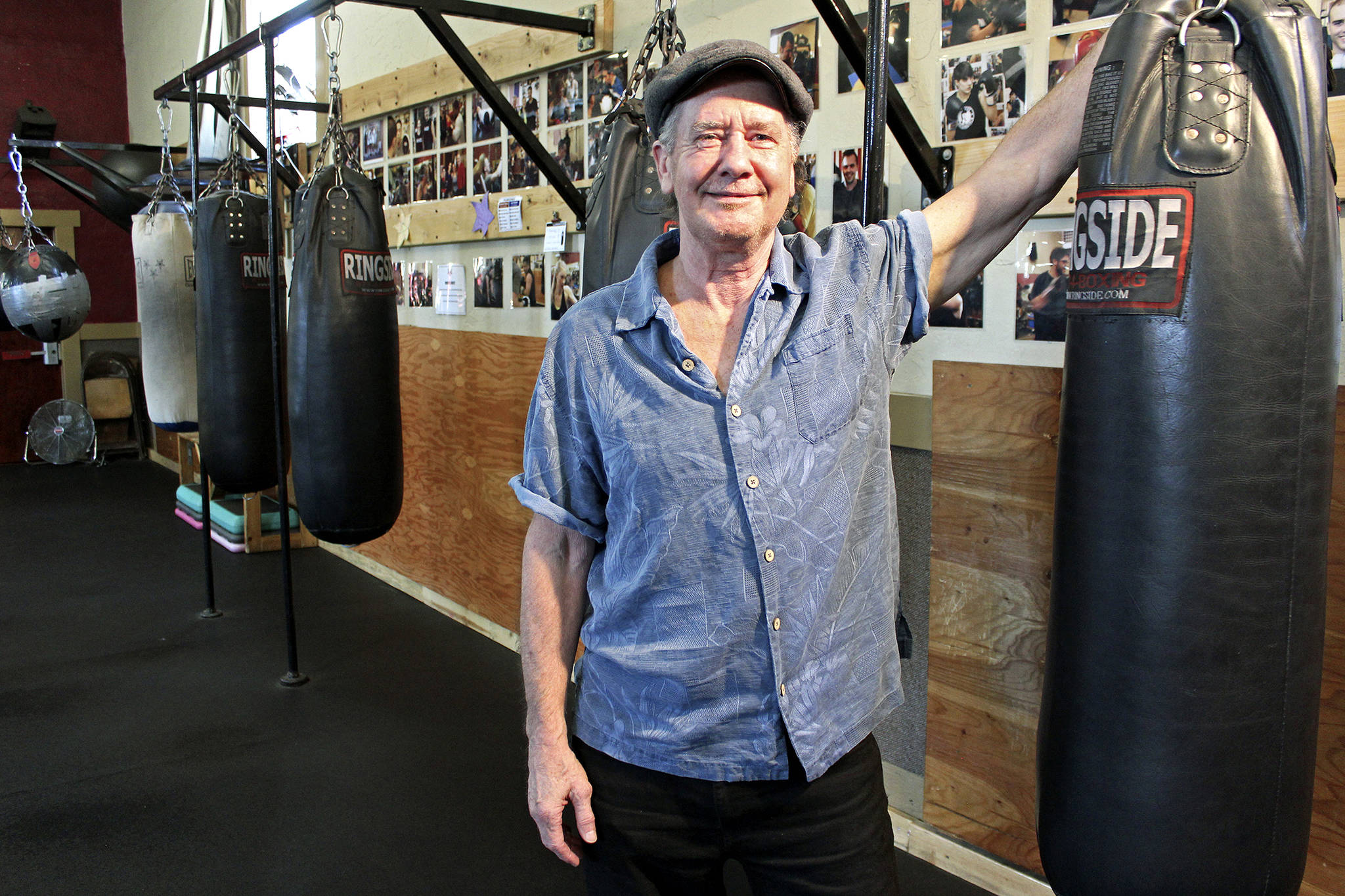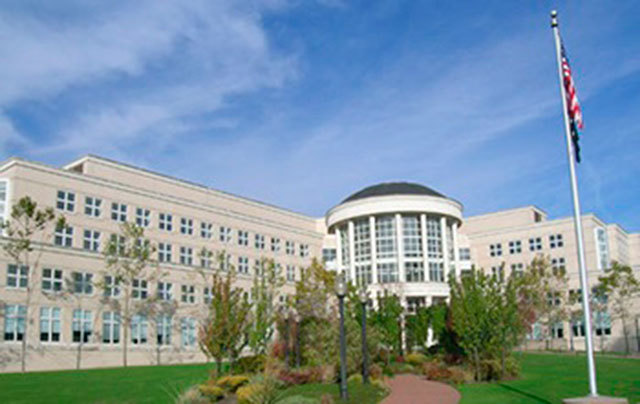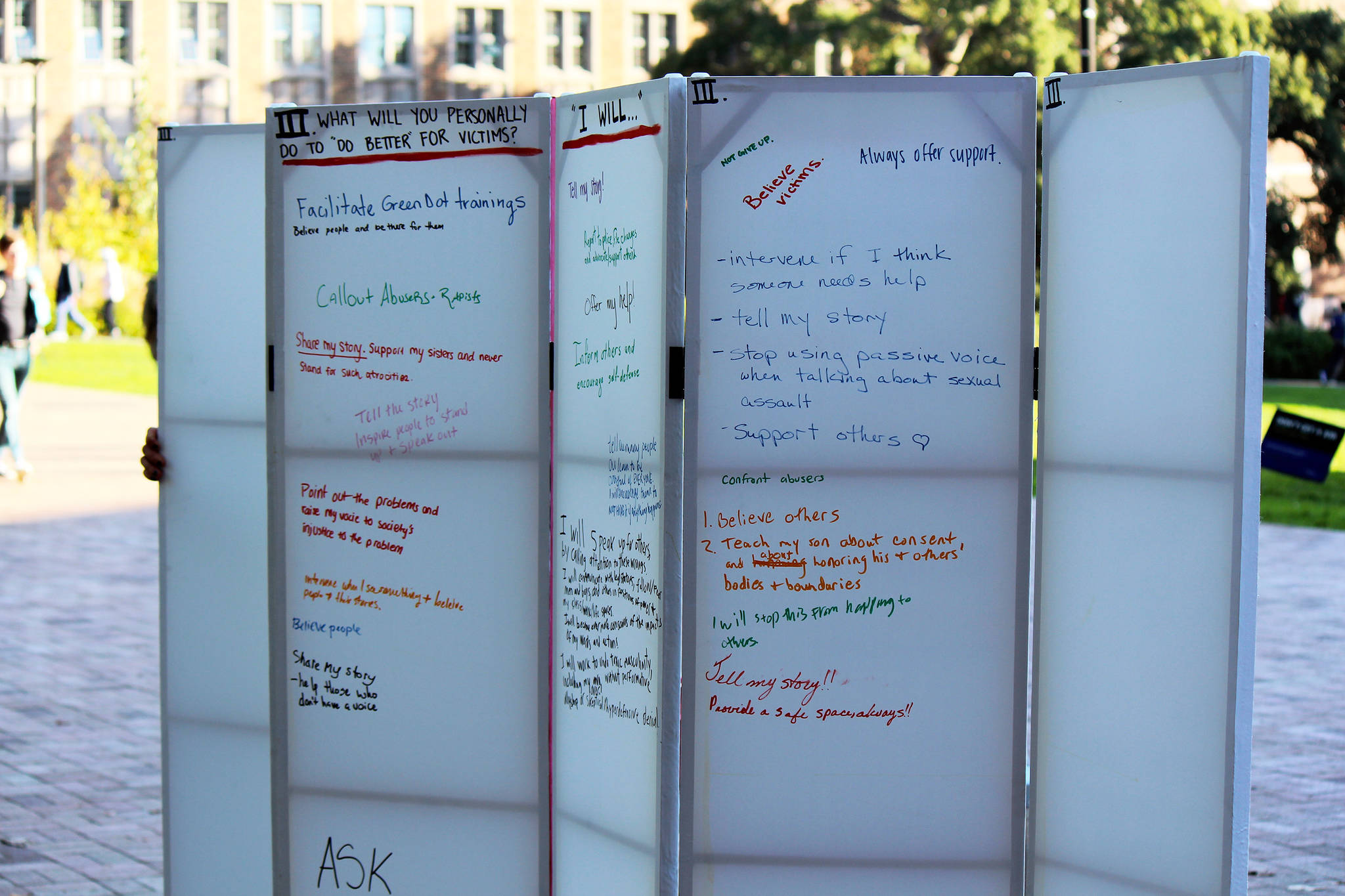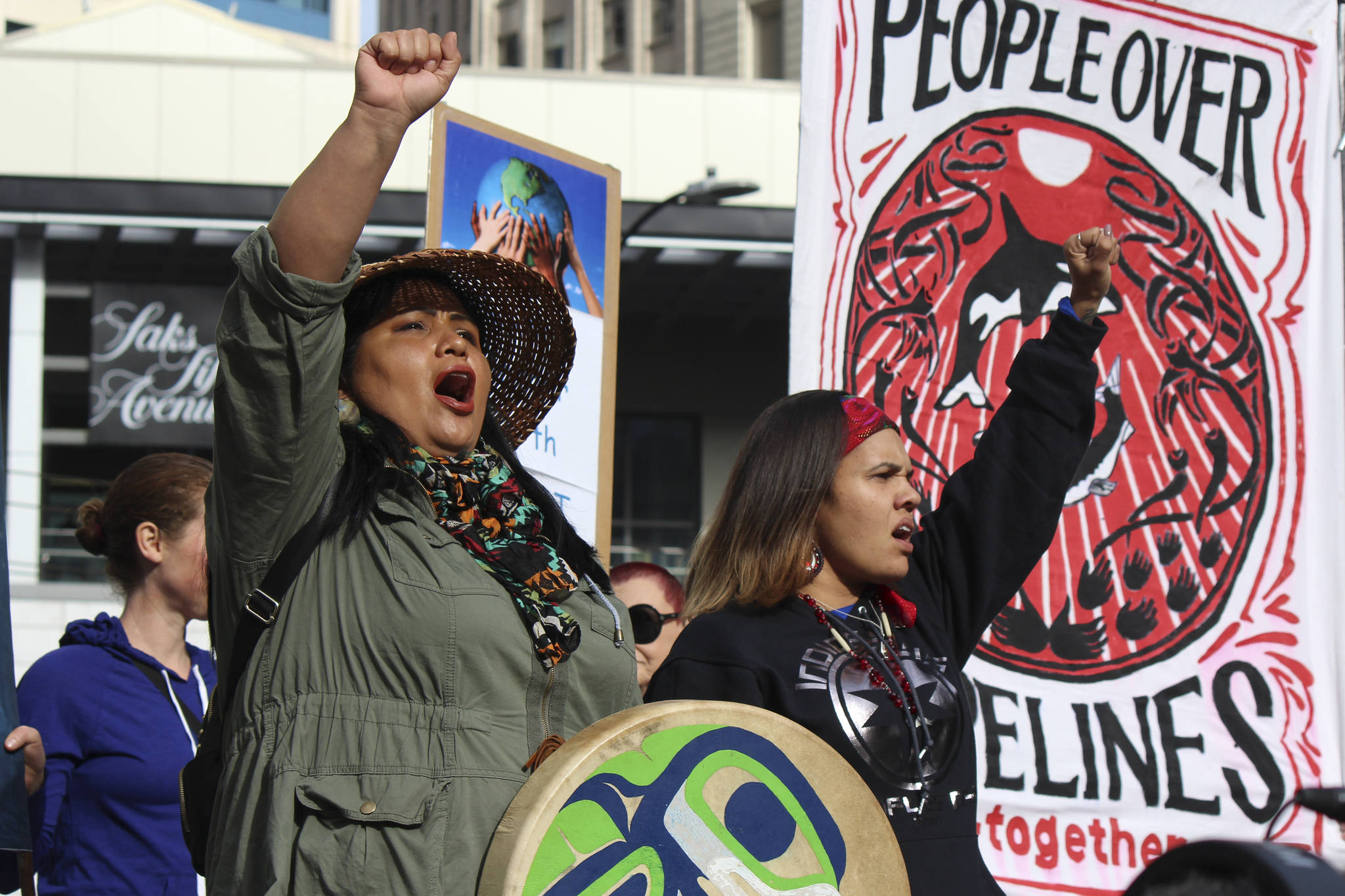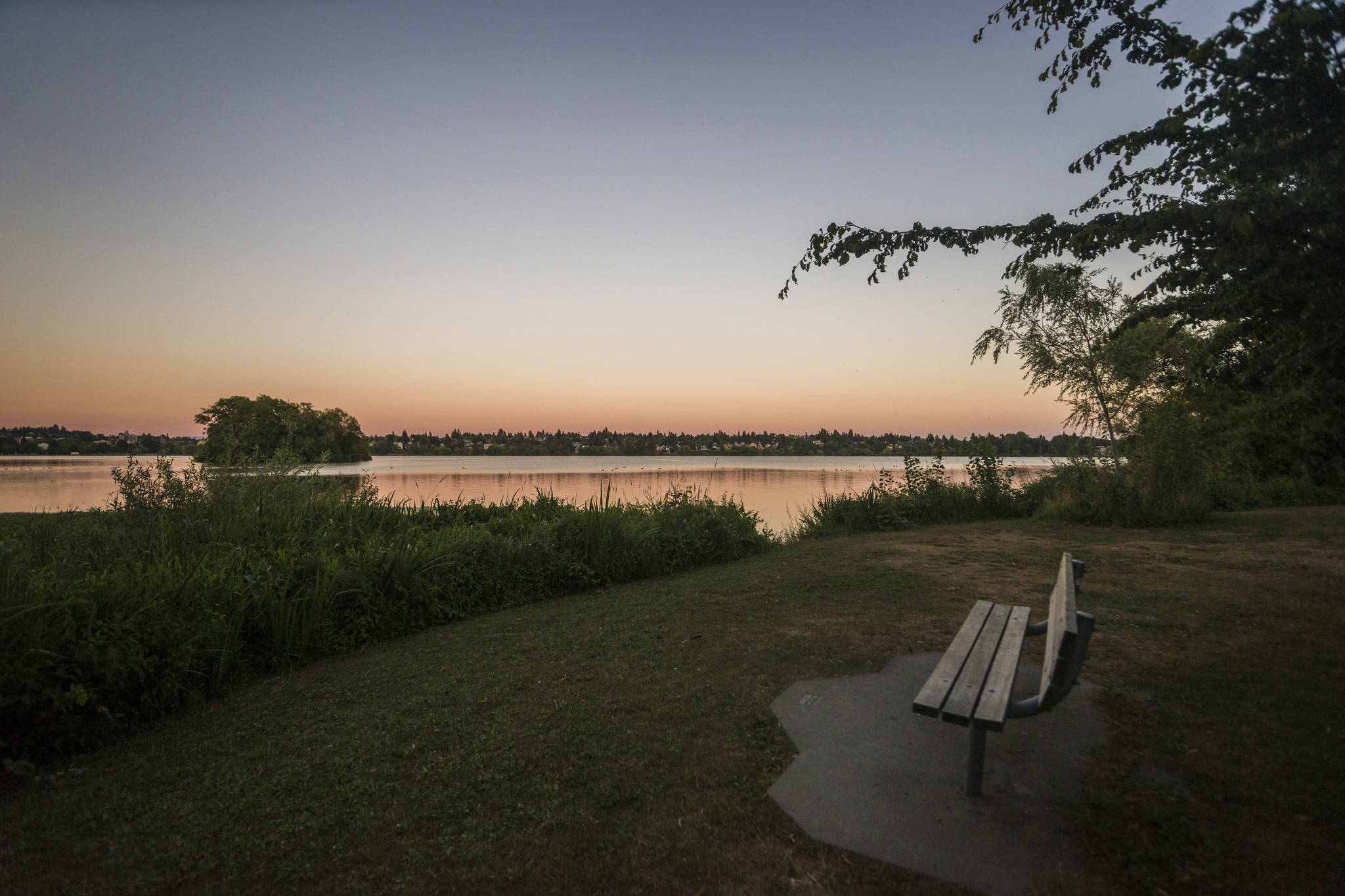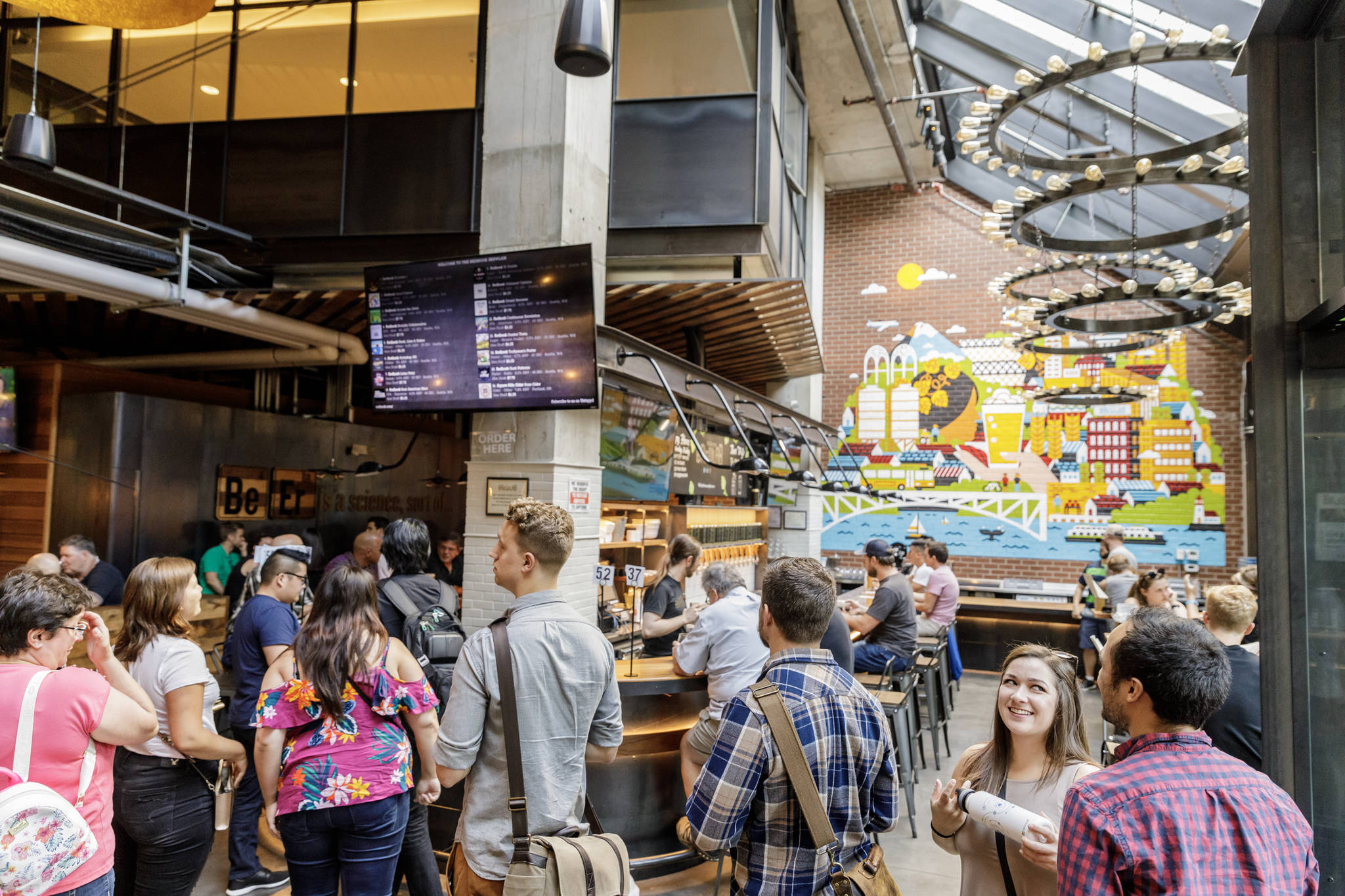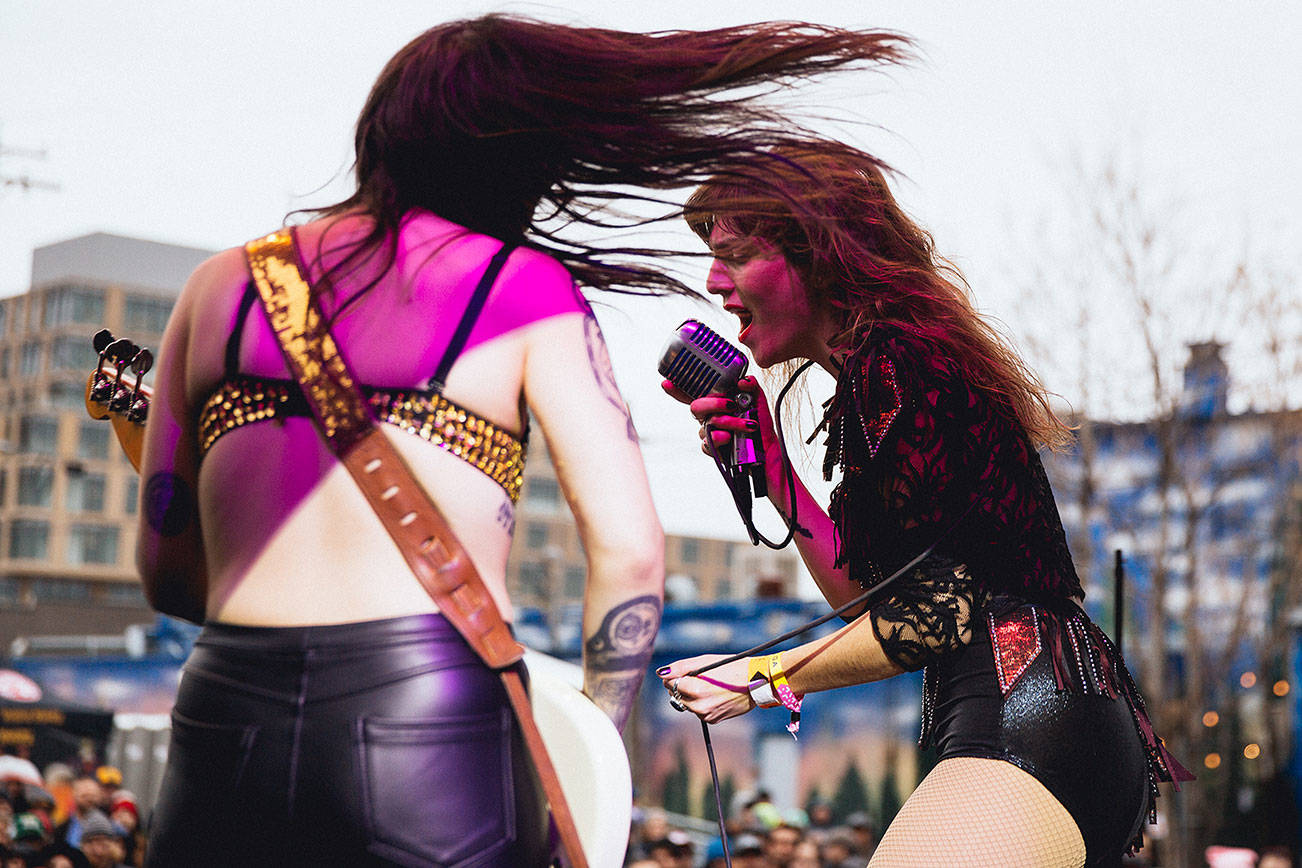Cap Kotz started boxing when he was about 9. “I lived in a real small, rural place where there were no boxing gyms or anything,” says the grizzled, warm-hearted owner of Cappy’s Boxing Gym, a Central District staple for 18 years. He didn’t have TV, either, so no boxing matches to watch, no big stars to emulate. But one day, rooting around in a closet, kid Kotz found the leathery old gloves his dad had used while boxing in the Army. He began teaching himself, punch by punch.
Years later, as Kotz began working as a personal trainer, he got to know the philosophical side of boxing—and found himself gravitating toward people who had been through some kind of trauma. “I used boxing as a way for them to access those feelings in their body, and then release them,” he explains. “And then through the process, I became aware that I had a lot of traumas in my past that I wasn’t really aware of.” But in boxing, Kotz says, digging into the painful scarring of human experience is, in a way, its very essence. “It’s always known that boxers are broken in some way,” he says, gently. “That’s why they come to boxing. It’s sort of their spiritual journey.”
Kotz opened his eponymous gym back in 1999, when it was tucked into a tight space at 20th and East Union Streets with ceilings so low that tall patrons couldn’t jump rope without hitting their heads. Since then, through a schedule that offers something for all skill levels—from non-contact fitness classes to sparring skills training—the core aim has been to help boxing be seen and experienced as far more than a workout. Even by 1999, Kotz had already coached plenty of competitive boxers, and the sport’s effect on their well-being was clear, “but they didn’t know how to apply it to everyday life,” he says. “So our main goal was to help boxers do the whole picture: in life as it is in the ring.”
Ann Bailey, who has been coaching at Cappy’s for the past decade, agrees. “I think boxing is very much a process of getting to know yourself,” she says, “and not just getting to know the part of yourself that’s strong… . It’s getting to know the parts of yourself that feel afraid.”
Coaches often witness that emotion, Kotz adds. Boxers hold it in their bodies, and it shows. “If they’re defensive, or guarded, or ‘Stay away from me,’ it’s very obvious,” he says. “Boxers have to learn to let it in, and calm down… . Calm down and face your fears… . Fears of this or that—of being abandoned, being criticized, being belittled. And shame. Shame, oh, that’s a hard one! No one wants to say, ‘I feel shame.’ So they just cover it up.” Then they get fierce, they get tough, they overcompensate, “and then they get knocked out.”
A little over a month ago, Kotz got knocked out. He was walking home on a mild, early-summer evening when he noticed a big group of youth and adults fighting. “So I crossed the street to see what was going on,” he says, following an impulse to engage and help diffuse the situation. But now, in retrospect, he says, “I just think it wasn’t the right time for me to do that. I don’t think I understood that.”
Without warning, a powerful sucker punch pummeled him from behind, broke his jaw in two places, knocked out two teeth, and triggered bleeding in his brain. He ended up in surgery. His jaw is now wired shut—he can speak, with effort—and he’s on a liquid diet for two months. It was by far the biggest physical hit he’s ever taken in all his years boxing. And although he was shocked and enraged, he quickly got his bearings. “It was like, ‘OK. It’s happened,’ ” he recalls. “ ‘You got your punch … What are you gonna do with it? … Are you gonna hit the mat or are you gonna keep going?’ ”
Cappy’s moved to 22nd and East Union, two blocks from its original location, in 2001. The gym stayed there until 2015, when—in what has become a very common Seattle story these days—the building’s owners informed Kotz that the structure was being sold and would soon be demolished to make room for a suite of new developments. He and his team of coaches opted to take a temporary space on South Jackson Street, and for about nine months they searched and searched for a permanent spot they could afford—along Rainier Avenue, in Columbia City, all over the South End. “We kept coming up blank,” Bailey says. Everything was way beyond their price range.
But one day they got a call from the owners of a building at the corner of East Union Street and Martin Luther King, Jr. Way, who wanted to keep local businesses in the area and offered them a manageable price. The plan is to move in in a couple of months, and Bailey and Kotz tumble over themselves to express how excited this makes them. Though they were resigned to looking elsewhere, “the whole idea was we really wanted to stay in the CD,” Kotz says. “This is our community, this is where we live.”
The gym has long emphasized neighborhood outreach: They work with kids at Washington Middle School and the Seattle Girls School; they’ve recently expanded youth programs to offer internships and career-skills training; they host an annual event called the Central District Boxing Revival, a sanctioned boxing match that also brings in a DJ, a food truck, and attendees of all ages. A few years ago they helped organize a project where youth and adult boxers interviewed local business owners and community members about the well-being of the Central District. “We’re really invested in this community; we’ve put a lot of work and time into making connections,” Bailey says. “And yeah,” she adds, laughing, “we did not wanna leave!”
Gentrification, market forces, new tensions in the neighborhood—for Bailey and Kotz, these too are metaphors. “Boxers talk about big matches—they need big matches to take them to the next level,” Bailey says. “In a sense, Cappy’s Boxing Gym, we needed this big match—of everything changing—for us to go to the next level as a business.” The changes “have forced us to be creative, to look for other streams of revenue coming in, to expand, to reach out into the community in different ways. And we wouldn’t have had to do that if our rent wasn’t going to be practically doubling… . So I appreciate that, in the way we appreciate really tough matches… . It’s made us better as a team.”
That’s how Kotz describes his accident, too, of course: a tough match. And one for which building community around the gym has paid off. Cappy’s posted a GoFundMe page to help with Kotz’s medical expenses, and within a few weeks they had raised more than $5,000 and received messages that overflowed with love and support.
Being able to experience that support—as well as a kind of vulnerability he isn’t used to and finds incredibly painful—helped Kotz dig deep, and feel more empathy, both for himself and others. “I didn’t like feeling that kind of vulnerability. But it’s like, ‘Well, Cap, a lot of people are feeling this way.’ Step into the ring with them.” To see the community turn out, “to have all these people in my corner, it was just like, oh, I get it—if we can all sort of trade more empathetic listening with each other, it will cultivate a much different culture.”
While that’s a tall order, it is, more or less, their goal.
Living in a city and a neighborhood that’s experiencing so much change just “puts more pressure on how we respond and roll with the punches,” Bailey says. “More than ever, people need a friendly place to come and be together. We just see that as really our role.”
sbernard@seattleweekly.com
